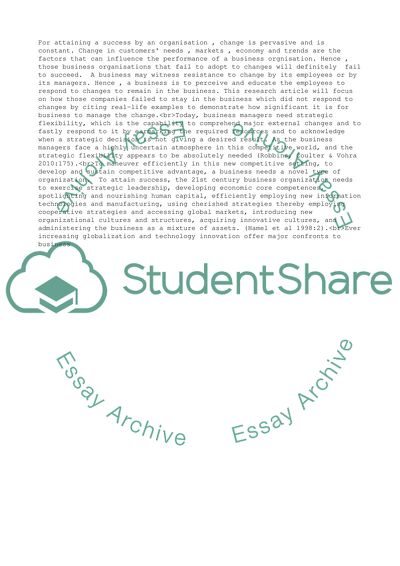Cite this document
(“Literature assignment about change management and flexibility Article”, n.d.)
Retrieved from https://studentshare.org/management/1651094-literature-assignment-about-change-management-and-flexibility
Retrieved from https://studentshare.org/management/1651094-literature-assignment-about-change-management-and-flexibility
(Literature Assignment about Change Management and Flexibility Article)
https://studentshare.org/management/1651094-literature-assignment-about-change-management-and-flexibility.
https://studentshare.org/management/1651094-literature-assignment-about-change-management-and-flexibility.
“Literature Assignment about Change Management and Flexibility Article”, n.d. https://studentshare.org/management/1651094-literature-assignment-about-change-management-and-flexibility.


